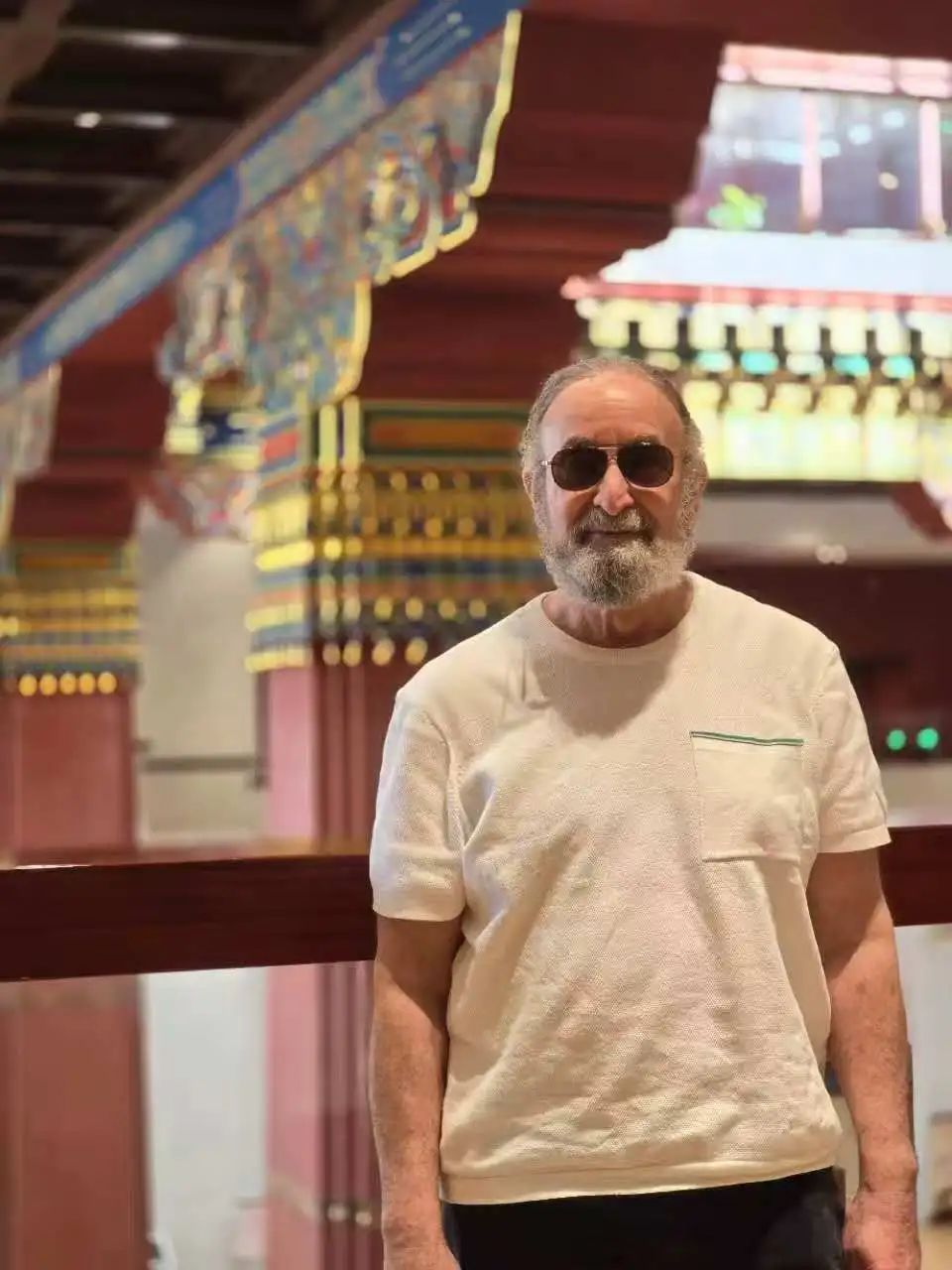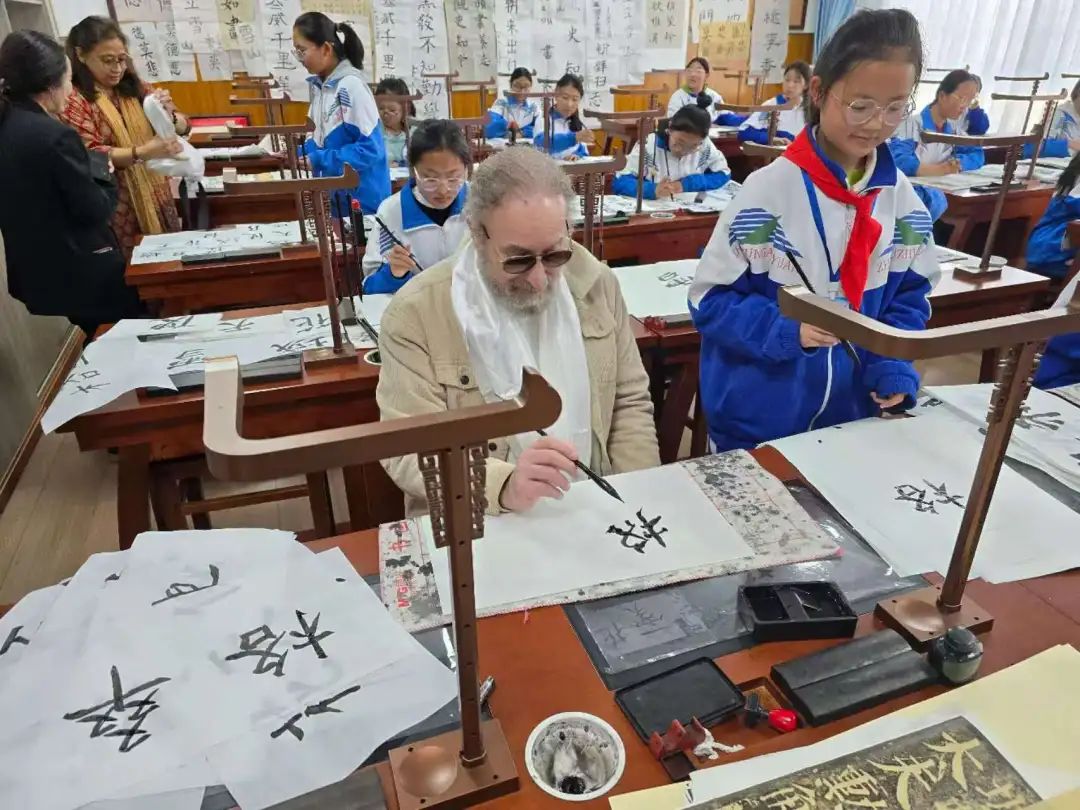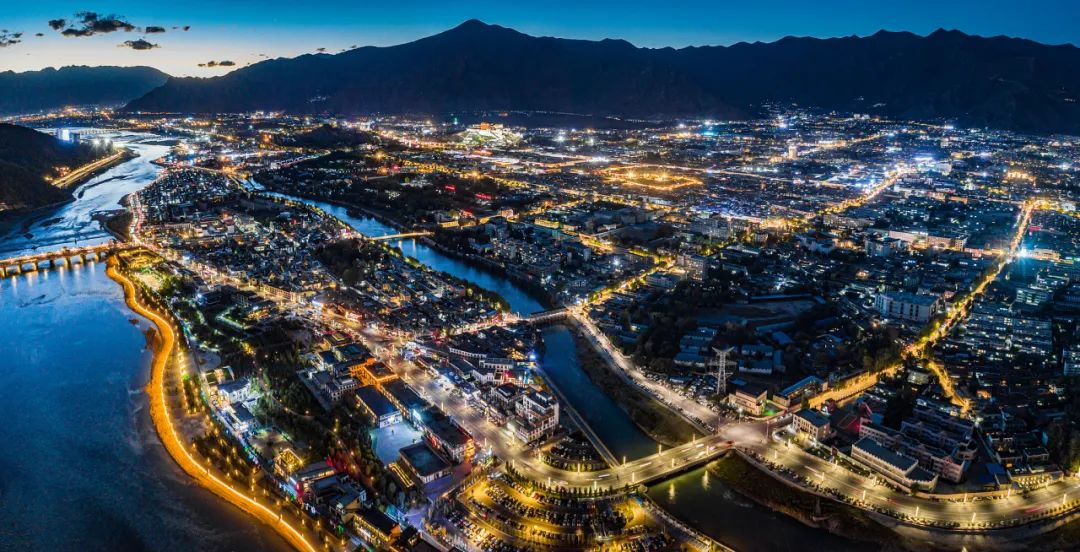西藏的发展日新月异,赢得国际社会广泛赞誉。近年来西藏不断加强人文交流与实地考察,为西方民众认识西藏的发展提供了一扇窗口。我院特聘研究员、瑞典“一带一路”研究所所长史蒂芬·布劳尔(Stephen Brawer)结合自己的实地考察经历,在《国际在线》上发表了评论文章。
史蒂芬·布劳尔表示,西藏六十年来人民生活水平提高十倍,教育普及与文化传承得到保障,现代化发展与生态保护实现平衡。与此同时,西藏与新疆一道成为“一带一路”的重要支点,展现出共同发展与互利共赢的潜力。
The Story of Xizang (Tibet): A Profound History in Human Development
The mountains deep and high,
Preserve a spirit still alive.
I step on tracks that hold the timeless story
Of people soaked in trials and tribulations.
Yet, high above the mountain tops, the sun shines down
Upon the stage of history.
There is Princess Wen Cheng, appearing in the Opera House—
What joy it brings to ancient eyes
To witness such beauty glowing.
I praise all those who, through such sacred sites, have brought
Now impressed forever, upon my visions caught.

In May last year, Stephen Brawer visited China’s Xizang Autonomous Region with a group of international experts, including academics and media professionals from countries such as India, France, Sweden, and South Africa. [Photo: Stephen Brawer]
The above poem is a brief reflection of how heavily my trip to Xizang impressed me in so many ways. The amazing infrastructure we saw upon our arrival at Lhasa, in terms of electrical power grids, cables leading up the mountain sides, with modern roads and lighting, was awesome. Amid the trip from the Airport to our hotel, we saw Potala Palace high in the background marking how the old and the new combined in harmony.

Stephen said that during this visit he witnessed the real Xizang, noting the remarkable progress in education and the significant improvement in the quality of life of its people. [Photo: Stephen Brawer]
There is no limit to how long I could continue to describe the wonders of my visit to Xizang. The geography, the history, and the culture all left lasting impact upon my heart and soul. Yet the story is far from over. This year marks the 60th anniversary of the establishment of the Xizang Autonomous Region, it documents a story of a people led out of serfdom and even enslaved to an aristocratic elite that maintained power both politically and religiously by keeping the people in backwardness and ignorance. Today, there are no attempts by the Central Government in China to prevent the people of Tibet to practice Buddhism, Islam, or any other religion they wish. Quite the opposite, as long as this religious freedom does not turn into political separatism, the importance of maintaining the cultural heritage of the Tibetan people in the forms of language and worship is protected and encouraged.
So why do western media circles, continue to promote a propaganda barrage that accuses the government of China, of denying the people of Tibet their human rights to their culture and religion. The story has a long and complex history, yet the essential fact that shapes all this disinformation is geopolitics. Since the end of World War Ⅱ, and the founding of the People’s Republic of China, the American CIA, together with the British MI6 have played a continuous active role in attempting to destabilize Peoples Republic of China especially in Tibet, through internal revolts, that were all paid for and run by CIA, and MI6, operations. This fact was even openly admitted by the present Dala Lama, in public statements at that time. But this grim story did not begin there. The old British Empire, during the time of the Opium Wars, besides forcing the people of China to consume opium, cultivated in their most colony in India, also led an occupation of Tibet to so-called “civilize the place”. By “civilizing the people,” what the leaders of the British Empire has always in reality meant is to subjugate and enslave a population by force of arms and by maintaining them in backwardness and ignorance. So, this is the real issue in Xizang (Tibet), and it has, in some sense, always been the issue of development versus subjugation.
The true modern picture of life in Xizang has yet to be clearly reported and understood by the largest portion of the western and European public. By increasing people to people contact and having the opportunity to visit Xizang, there is no better way to see the reality for oneself. The PRC is now being seen by more people and businesses in the West to be a model of successful development not only for China internally, but for the entire international community. During the last six decades, the living conditions of the people of Xizang have increased by ten times. This growing trajectory involves a unique balance between the continued importance of modernization and technological development combined with environmental preservation of one of the most unique and most beautiful environments on the planet. The people of Xizang, the great majority of which are Tibetans by descent, recognize and embrace the opportunity that education is providing for them.

An aerial view of Lhasa at night. [Photo: VCG]
In conclusion, the continuing saga of Xizang is one of great hopes and development. At the celebration of the 10-year anniversary of the Belt and Road Initiative, President Xi Jinping emphasized that the next coming 10 years of the BRI, are evolving into an even more important future perspective for global development. In that context, the role of Xizang, together with Xinjiang, in the far western corners of China represents perhaps among greatest potentials for continued growth and development of the Belt and Road Initiative. This includes the outwards cooperation with India, Kyrgyzstan, Tajikistan, Kazakhstan, Pakistan, Uzbekistan, Russia and Mongolia. Finally, there is the Yarlung-Zhangbo Hydro project. It combines modern technology with environmental protection and lays a pathway for vastly improving and expanding the historical progress for the Belt and Road Initiative. Rather than a point of contention, Xizang can stand as an example of how shared development can pave the way for greater understanding and mutual benefit.
文章来源:《国际在线》
发布日期:2025年8月19日


